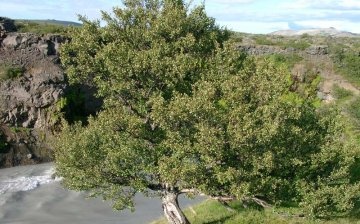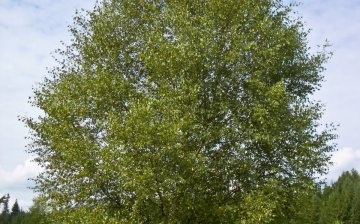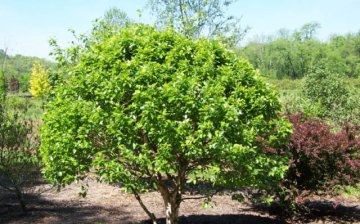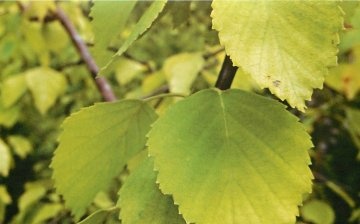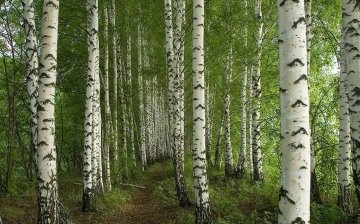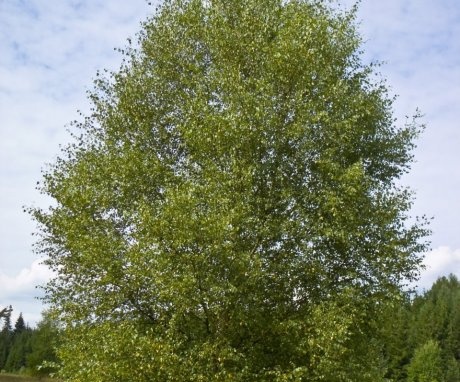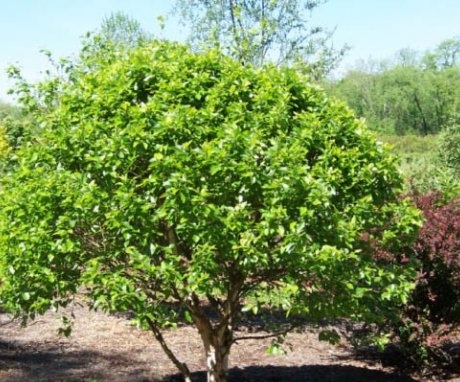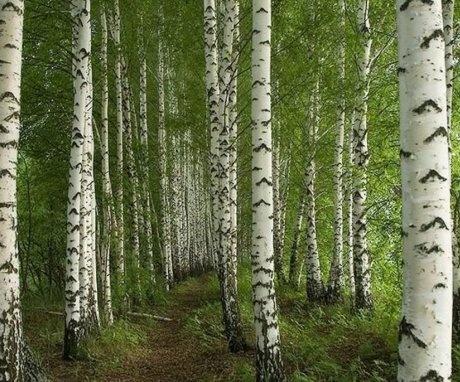Characteristics and features of fluffy birch
Birch fluffy or pubescent, as it is called according to botanical terminology, is a typical plant from the genus Birch of the Birch family. The plant got its Latin name - Bütula pubéscens - from the Old Latin name for birches - Betula.
Content:
Description of birch as a species
Everything that nature surrounds a person becomes a part of his life, culture or even mentality. As well as, say, cherry and chrysanthemum for the Japanese, or maple for Canadians, birch entered the life of a Russian person and became a symbol of his ethnic, cultural and national identity.
Birches grow throughout Europe, with the exception of the Pyrenees.
But so their kind like birch fluffy is most widespread on the territory of modern Russia, both in its European part and in Siberia.
And the beauties of birch trees themselves, and birch sap, and birch bark (bark), and birch buds, and birch brooms, and even birch rods have firmly become familiar symbols of Russian life since ancient times.
This is a plant of the temperate climatic zone of Eurasia, and in the north the birch even reaches the tundra, competing with obvious success with its sister, the drooping birch.
In nature, fluffy birch is either one of the trees in deciduous or coniferous forests, or the whole forest itself is a birch forest.
Unlike silver birch, it is characterized by a tolerant attitude towards wet and even swampy areas of the terrain; it often grows along the banks of swamps and other bodies of water.
The habitat of this birch is due to its resistance to low air temperatures, dislike of aridity and a calm attitude to the amount of light.
Downy birch and drooping birch grow side by side, with varying degrees of success forcing each other out of the forest and forming a large number of hybrid forms.
Characteristics of the tree:
- If everything is fine in the life of fluffy birch, then this plant grows in height by 25-30 meters, with a trunk diameter in centimeters up to 80.
- Birch bark at a young age has a brown-brown color, and with age (8-10 years) it bleaches.
- Young birches can be confused with alder varieties.
- Birch bark, i.e. white bark, and there is a characteristic and distinctive feature of "adult" birches: such a bark is white from the entire trunk almost to the very ground, it is without cracks and smooth to the touch, unlike drooping birch.
- The shoots of such a birch gave it its name - they are annuals with a dense "down".
- Another difference from the "sister" - the branches are not hanging (like a willow) and there are no glands in the form of warts on them.
- The roots of fluffy birch are well developed, but not deep, and therefore you can often see trees felled by a strong wind.
- The slender and narrow crown of young birches will become spreading over time.
In this plant, the leaves have the shape of an elongated egg, sometimes even closer in appearance to a rhombus, 3-7 centimeters long, 2-5 centimeters wide. They are short-pointed at the apex, rounded at the base, and sometimes cordate or truncated.
When the tree is young, the leaves are abundantly fluffy, but when it grows old, pubescent it remains only from the bottom, as well as on petioles.
Birches are monoecious trees, although their "catkins" are dioecious and have the following differences:
- Length in centimeters - 3.
- They are on legs, which is also with a "fluff".
- The scales of seeds are 3-5 mm wide in centimeters with ciliated edges,
- The length of the nut in millimeters is about 2 and it is in the form of an oblong ellipse.
Birch propagates by seeds.
Fluffy birch lives relatively little, unlike, say, oak trees. So, the usual duration of her life is 120 years.
What are the benefits of birch tree for people
In addition to its symbolic meaning, fluffy birch has a wide practical meaning:
- Egniut (it is preferable to be stored in water). What determines its use for the production of plywood, skis and carved toys.
- By processing birch wood, the industry supplies us with acetic acid, methyl alcohol, turpentine and charcoal.
- By subjecting birch bark to dry distillation, tar is obtained, which is widely used in medicine, cosmetology and perfumery.
- Birch branches - material for bath brooms
- Due to its wound healing, anti-inflammatory, bactericidal, blood-purifying, diaphoretic, choleretic and diuretic properties, the buds and leaves of the tree have been widely used in medicine, both professional and folk, for many years.
- Tree sap, harvested in spring, has no equal in its usefulness and taste.
- Its parasite, the chaga mushroom, is used by medicine as a remedy against certain diseases (for example, in oncology).
- A hundred years ago, birch bark was used as a material for making shoes - bast shoes, which in our time have remained as an ethnocultural decorative national "highlight".
- The bark was also used for the construction of light boats, various crafts and in some other cases (as a bone fixator for fractures).
Tree cultivation
Of course, in addition to all the usual natural distribution, fluffy birch is also cultivated by humans for decorative purposes, especially since it is not demanding either on soil, or heat and light, or moisture.
The characteristic features of the decorativeness of this tree:
- Seedlings are planted with seeds in autumn or early spring (vegetative propagation does not justify itself, as the cuttings do not take root well).
- She has a season all year round.
- Attractive forms - bark, leaves and crown.
- Spring shoots are pinkish, and in summer the leaves turn dark green, turning yellow by autumn.
- Flowering occurs mainly in the second half of May and lasts a week.
- Inflorescences - in the idea of velvety "earrings".
- Elliptical winged nuts appear in early autumn.
- The most popular varieties are pyramidal, rhomboid, oviparous and nettle-leaved decorative forms.
- In addition to frost resistance and undemandingness, birch branches are not afraid of the wind and are perfect for city conditions (for example, in terms of recycling).
- It can be planted as a group, and in the form of an avenue, groves and as a separate tree.
No matter how well we know fluffy birch, no matter how long it accompanies our life and no matter what place it occupies in it, feelings will always prevail in relation to it, and not scientific and practical knowledge.
Birch plantations are much more than plants for a Russian person, they are a symbol of their culture and even spirit.
No wonder the most outstanding singers of the "Russian soul" of the twentieth century (Yesenin, Shukshin, etc.) dedicated their works to them.
More information can be found in the video.



